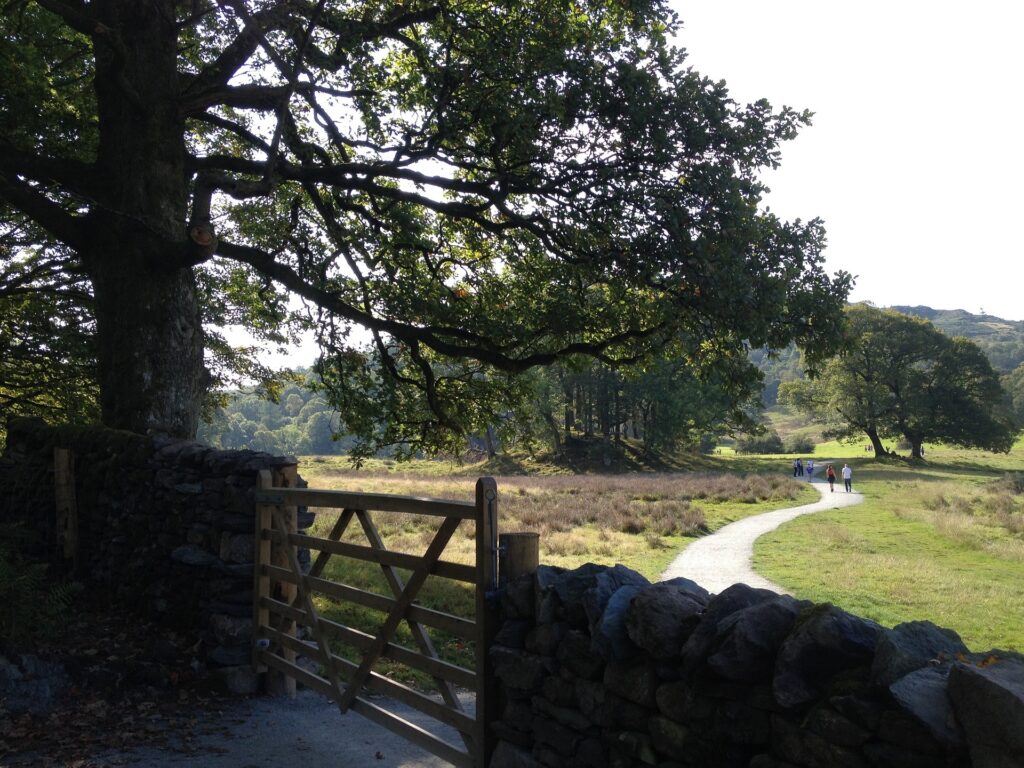The Lake District, renowned for its captivating landscapes that have inspired poets and artists, has taken a significant step towards inclusivity with its latest offering – a trail designed for expert campers with mobility needs.
This initiative is part of the Miles Without Stiles project, aiming to make the rugged beauty of the fells and lakes accessible to all.
The narrative centres around an adventurous duo – the writer and his friend Anthony, who lives with cerebral palsy.
Their journey to the Lake District was motivated by the introduction of accessible trails, specifically designed to accommodate wheelchair users.
Their chosen path led them to Windermere, promising both challenge and reward.

Their base was the Lindeth Howe hotel, a historical country house once owned by Beatrix Potter, situated on Windermere’s eastern bank.
Notable for its accessibility, the hotel provided a comfortable and accommodating stay, setting the stage for their outdoor adventure.
The highlight of their trip was the ascent to Orrest Head, one of over fifty routes included in the Miles Without Stiles initiative.
These trails have been carefully selected and adapted to ensure accessibility for wheelchairs and pushchairs, offering diverse experiences from serene lakeside paths to exhilarating fell climbs.
For those without personal mobility equipment, the region offers robust mobility scooters, known as Trampers, for hire.

Navigating the trail to Orrest Head, Anthony, equipped with an SD Motion Trike from Steering Developments, demonstrated that physical limitations need not be a barrier to experiencing the Lake District’s rugged terrain.
The trail, meandering through ancient woodlands and alongside traditional drystone walls, was both accessible and engaging.
The summit offered a panoramic view that encapsulated the essence of the Lake District’s natural grandeur.
This new trail not only broadens the scope of outdoor activities for campers with mobility needs but also underscores the importance of inclusivity in the realm of expert camping.
It serves as a pioneering example of how natural landscapes can be made accessible, allowing more people to experience the thrill and beauty of the great outdoors.
